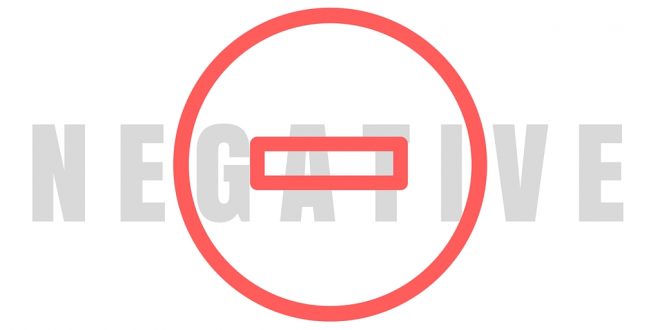One summer when I was twelve years old, world-renowned master teacher Laura Alonso gave me a correction:
You must stand as though your belly button and tailbone want to kiss. It’s platonic, they’ll never make it
I never forgot this correction because I understood it. Instructors often give dancers corrections that they do not understand. These often fit into two broad categories (1) negative corrections (i.e. don’t stick your butt out), and (2) oblique (i.e. weight over your toes).

Negative Corrections
Negative corrections tell the dancer what not to do, but not necessarily what to do. This type of correction becomes problematic when the dancer doesn’t immediately know how to address it. Although I encourage my students to ask questions, many dancers – eager to please their teacher – will not ask for clarification.
Re-think Negative Corrections as Active Instructions
The most effective way I have found to turn negative corrections into active instructions is by referencing the dancer’s anatomy. For example, a common correction at the barre is “don’t roll (the foot) in.” However, the action of simply pulling the arch of the foot off of the floor may have an unintended consequence of shifting the weight too far into the outer edge of the foot.
What I am really asking the dancer to do is keep all five toes on the ground, thereby centering the weight in the foot. When I change the wording of this correction from “don’t roll in” to “(do) keep all five toes on the floor,” I notice that more students seem to understand, and are able to apply it to their dancing. Other common negative corrections that I have since re-written include:
- Don’t slouch -> (do) elongate your spine
- Don’t sit in your hips -> (do) distribute your pelvic girdle evenly into your femur heads
- Don’t stick your chest out -> (do) ‘close’ your rib cage
By changing from negative corrections to active instructions, I notice a greater understanding and retention among the students. Additionally, the dancers begin to cultivate a greater awareness of their body on a skeletal and muscular level.

Oblique Corrections
Oblique corrections tell the dancer what to do, but not necessarily how to do it. Just like negative corrections, they can become problematic where the dancer doesn’t know how to fix the correction, but doesn’t want to ask for clarification.
Re-think Using Specific Anatomical References
The most effective way I have found to translate oblique corrections into instructions that are more clearly understood is by referencing the dancer’s anatomy. (Yes, the same solution as above.) This requires me to consider what I am asking the dancer to do with her body. For example, the instruction “weight over your toes” does not offer an explicit instruction. What I am really asking the dancer to do is to push her femoral head over her toes. When I change the instruction to include this anatomical reference, the dancers immediately know what to do. They look in the mirror, imagine where the femoral head is, and then align it over their toes.
In a “tilt” exercise in Graham technique, I had been telling the dancers to tuck their butts in and rotate their lifted leg. I again asked myself what I was asking the dancers to do on an anatomical level, and discovered that when the pelvic girdle tilts back (i.e., sticking the butt out), this does not allow the leg to fully rotate (turn out). Now, I have the class put one hand over their sacrum and the other in the crease of the hip of the lifted leg. With the working leg lifted at forty-five degrees, they tilt the pelvis back, and can feel that this movement forcing their hip to turn in. Again – they understand not only what the correction is, but why they have to adjust it, and what exactly they are asking their bodies to do.

Of course, your dancers must understand the anatomical references you are making.
Bring in pictures of the human skeletal and muscular system every so often, and discuss the important parts. This gives students (even young dancers) a foundation for making corrections from the inside-out and allows you to better speak in a language that everyone understands.

Find Functional Anatomy tools for your dance studio and classroom at ABC for Dance.
Chelsey Bradley is a choreographer, professor, and author. She completed her Master’s Degree in Dance and Choreography in 2017 from the Peck School of the Arts, and then served as a lecturer of dance for the University of Wisconsin, Eau Claire. She currently serves as resident choreographer for Dance Wisconsin, and teaches modern dance for Monona Academy of Dance. Her work for these companies has earned her Regional Dance America’s National Choreographic Commissioning award four times, Regional Dance America’s Choreography Connection Grant in 2014, and a Choreographic Honors Award from the University of Wisconsin, Madison, in 2015. Read Chelsey’s posts.

